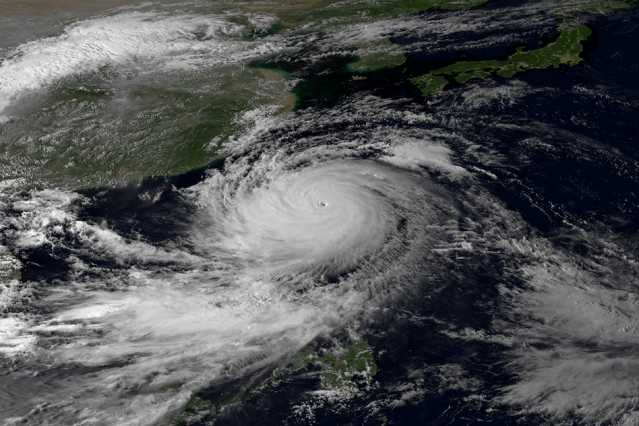
Tropical storms like typhoons and hurricanes have been migrating towards the north and south poles, where they can be most dangerous. People living in the edges of the tropics are more likely to face the worst of hurricanes, compared to people living close to the equator, warn scientists.
For the past 30 years, tropical storms have been changing directions from the tropics to the north and south poles. Researchers believe that these changes in the environment are influenced by humans, with climatic changes, aerosols and ozone depletion playing a huge role.
The storms may have severe consequences for Japan and the Korean peninsula in the coming years, according to the researchers.
"By the time a serious storm reaches maximum intensity, someone has picked it up and is monitoring it, so we can be pretty confident of this data, BBC News quoted James Kossin from the National Oceanic and Atmospheric Administration's (NOAA) National Climatic Data Center.
These tropical cyclones are moving towards the extreme poles at a rate of approximately 53 kilometers per decade in the Northern Hemisphere and 62 kilometers per decade in the Southern Hemisphere, according to report published in the Nature Journal.
The changes were observed in every ocean basin, with a regional difference in the movement of the cyclone towards the poles, following which scientists concluded that it is a global phenomenon.
In order to track these storm's paths over the past years, global data from 1982 to 2012 were used by researchers.
"The absolute value of the latitudes at which these storms reach their maximum intensity seems to be increasing over time, in most places. The trend is statistically significant at a pretty high level." study co-author Kerry Emanuel, an MIT professor, said in a news release.
"We think, but have not yet been able to establish, that this is connected to independently observed poleward expansion of the Hadley circulation," said Emanuel, referring to the major pattern of global winds.

















